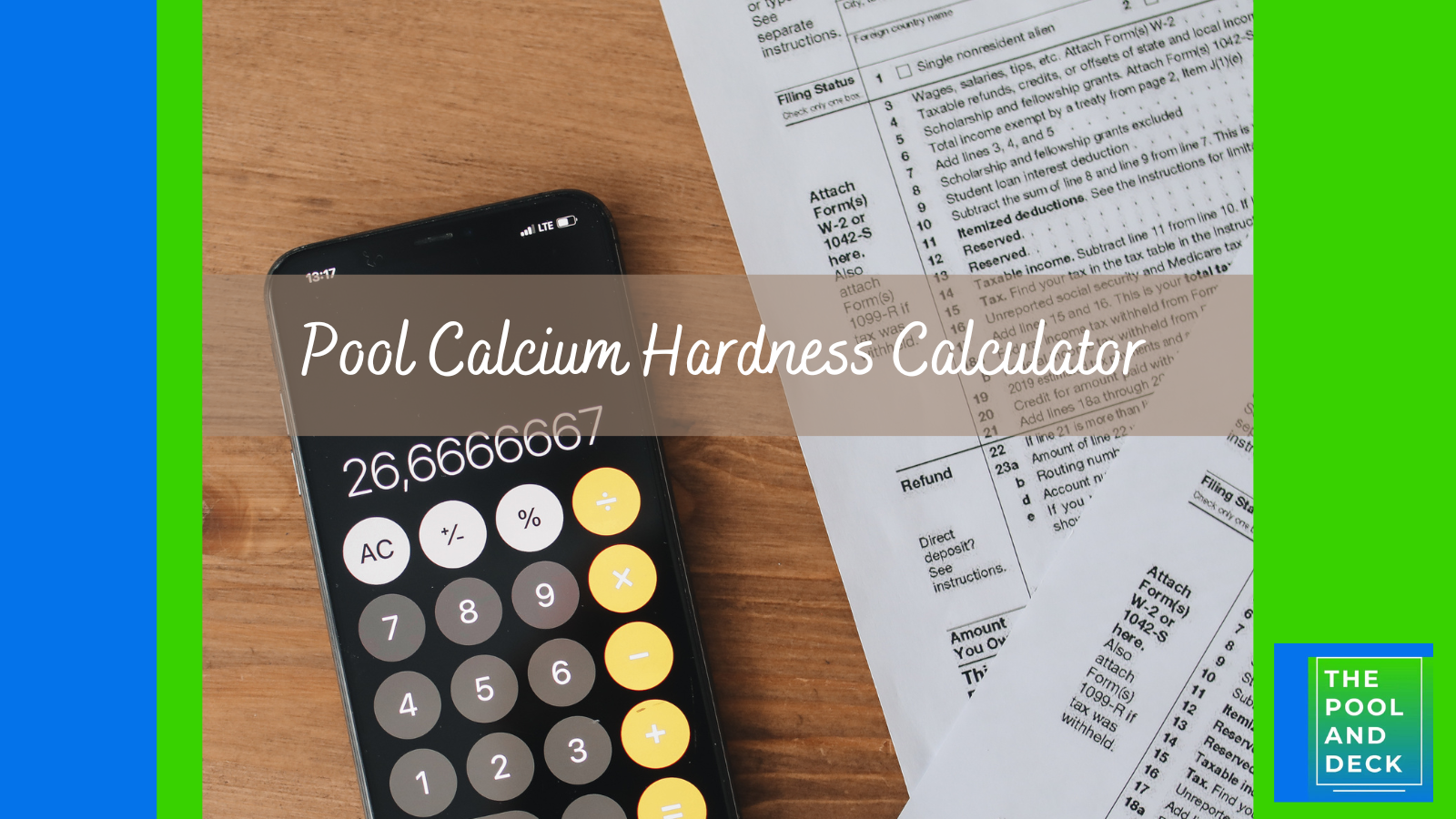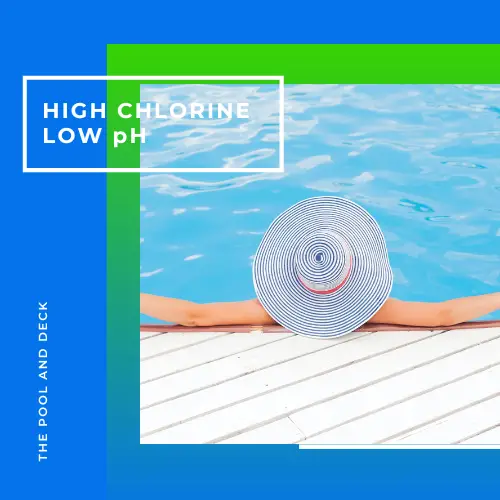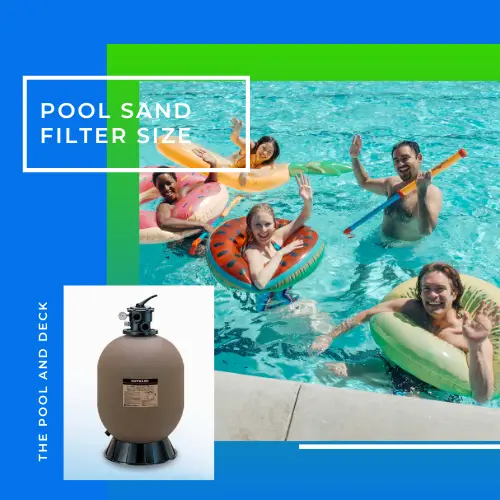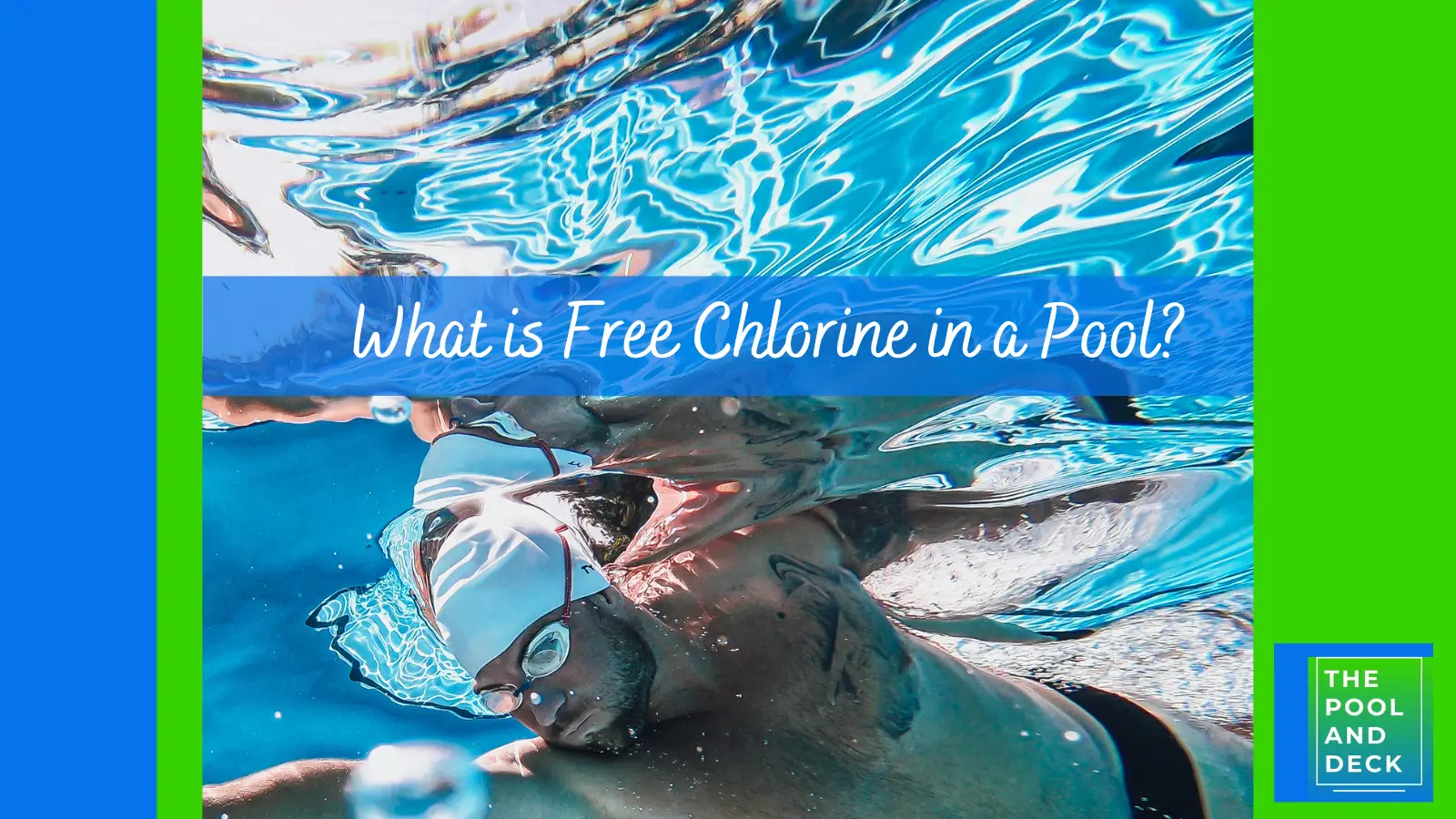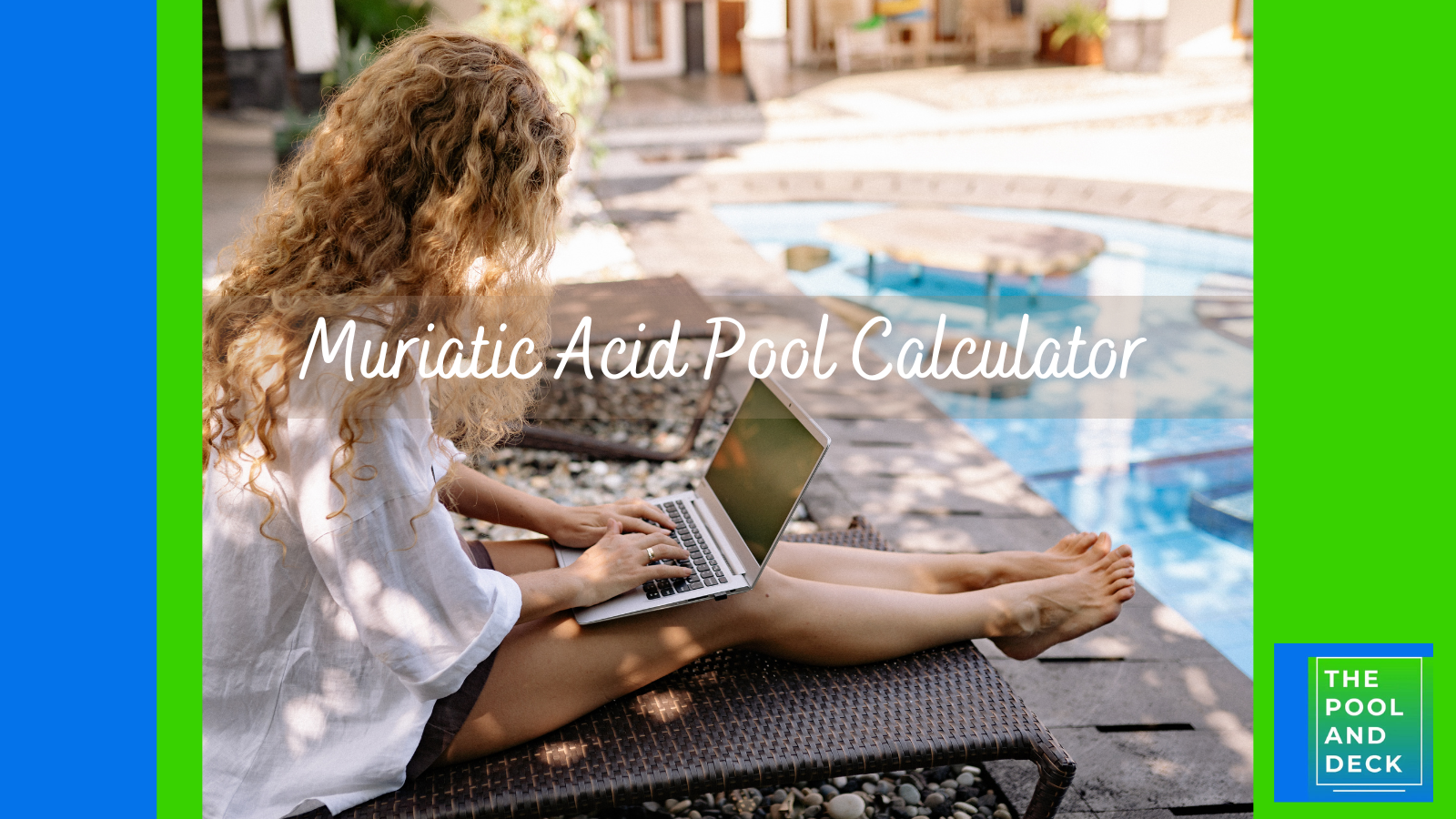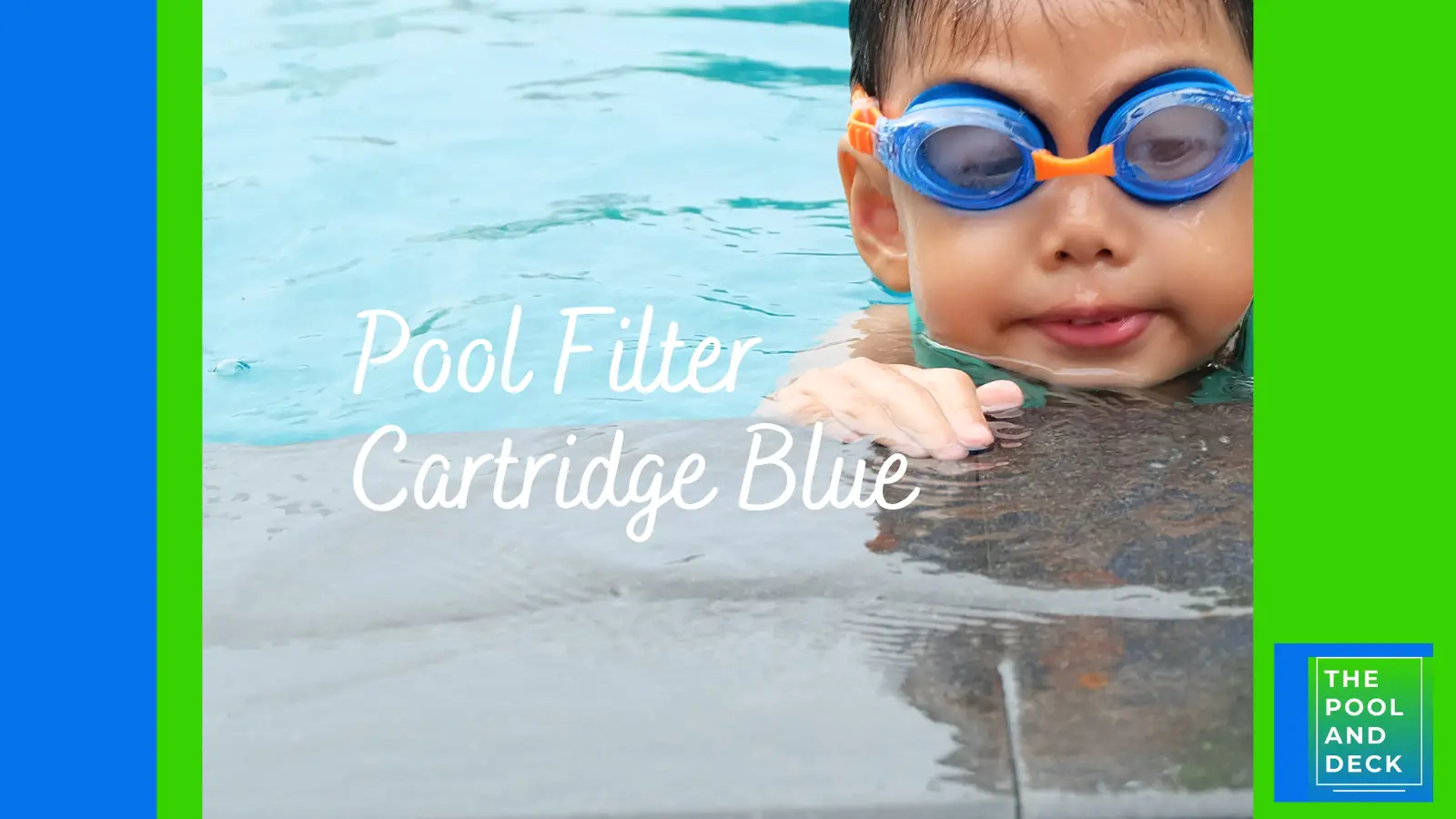What Causes Pool Alkalinity to Drop? Symptoms, Effects & Best Fix
As an Amazon Associate, I earn from qualifying purchases.
Table of Contents
What Causes Pool Alkalinity to Drop?
As a pool owner you need to keep a close watch on 5 key pool chemistry measurements; 1) Free Chlorine (FC), 2) pH, 3) Total Alkalinity (TA), 4) Calcium Hardness (CH) & 5) Cyanuric Acid (CYA). Do you often find the TA level falling during the pool season? So what causes pool alkalinity to drop?
The pH and alkalinity of a pool are not the same measurement, but they are closely related. A drop in pH causes pool alkalinity to drop. The pool pH and as a result the alkalinity, can drop due to:
- Excessive rain entering the pool. Even normal rain is low in pH and alkalinity and it causes the average pool alkalinity to drop. Acid rain is even lower in pH.
- Increase in swimmer load. Each swimmer contributes bodily fluids such as sweat and maybe urine (yes it does happen!). These lower pool alkalinity.
- Topping up your pool, after vacuuming or a filter backwash, with low alkalinity water. The average alkalinity of the pool will come down.
- Too much chlorine disintegration from low pH stabilized chlorine sources. Dichlor has a pH of 6.5 and Trichlor has a pH of 2.8. If they dissolve at a higher rate than suggested, they can cause the pool alkalinity to drop.
- High water evaporation from the pool. This is natural during the hot summer months. When water evaporates, the pool loses Carbon Dioxide (CO2) dissolved in the water too. Loss of CO2 causes pool alkalinity to drop. This can get compounded, if you top up your pool with low alkalinity water.
- Increased pool water agitation. If you have a pool party with a lot of pool games, expect the water to get quite agitated. Water agitation also increases loss of CO2 resulting in lowering of pool TA level.
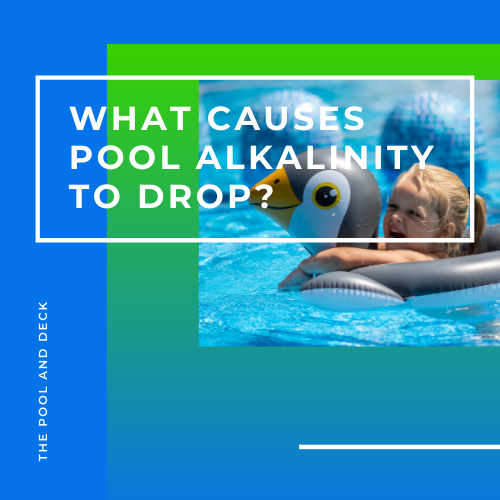
Pool Alkalinity Low? Symptoms to Watch Out For
The first indication that your pool water alkalinity and pH levels may be lower than optimal, will be the itching & burning sensation you have on your skin and eyes after a swim.
Alkalinity is a pH buffer. The right amount of alkalinity tempers the fluctuations in the pool pH. If the alkalinity level is low then the pool pH will be erratic, for no apparent reason.
If you are finding it difficult to get your pH within the 7.4-7.6 range then you need to check the alkalinity of the pool water. Most likely it has dropped to below 80 ppm.
Actually it is a good practice to balance alkalinity before attempting to balance the pH of your pool. The optimal levels of pool chemistry metrics are as per infographic below.
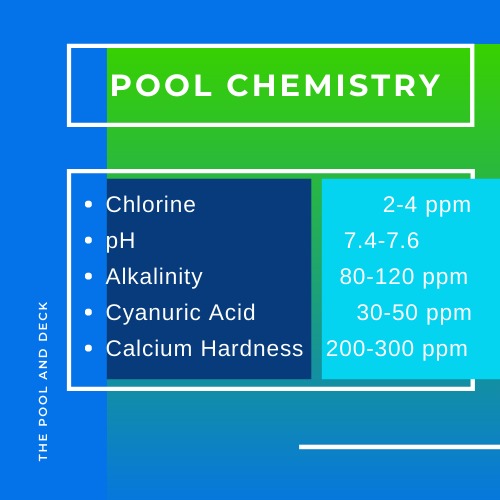
Another tell-tale sign of low alkalinity for long periods is the damage to the pool material. Low alkalinity and low pH can result in stains on pool surfaces and corrosion in metals such as pool ladders, pipes, pumps etc.
Pool Alkalinity Low? Is It Safe to Swim?
It is not good to swim in a pool with low alkalinity. Alkalinity and pH usually go hand in hand. Moreover alkalinity acts as a pH buffer. It becomes more difficult to control the pH of your pool when the alkalinity is below 80 ppm.
Water with low pH is acidic. Acidic water removes natural body oils making your skin dry. Swimming in a pool with low alkalinity & low pH will irritate the sensitive parts of your body such as skin, nose, mouth and eyes. Your hair may also lose its natural luster and become dry.
If you get itchy skin and red eyes after a swim in your pool, it is certainly time to check the pH and alkalinity level of your pool. Chances are the pH is below 7 and alkalinity is below 80 ppm. A dose of pH Up will help!
Fix those before you swim again.
Pool Alkalinity Low? What is the Best Fix?
As mentioned before alkalinity and pH are closely related. Often, but not always, either both will be low or both will be high.
Test the pool water to find out the existing pH and alkalinity levels. Then decide the appropriate treatment based on the table below:
| Low Alkalinity | High Alkalinity | |
| Low pH | First use an “Alkalinity Increaser” or Soda Ash to raise alkalinity to 100 ppm. Test the pH. If pH is still low, add “pH Increaser” | Aeration is the best way to increase pH with little effect on alkalinity. Aeration is basically creating water turbulence in the pool. |
| High pH | Use Arm & Hammer Baking Soda as it increases alkalinity with minimal effect on pH. | Use a “pH Decreaser”. It will lower both pH and alkalinity. |
Recommended Swimming Pool Chemicals
Best Baking Soda for Pools
Arm & Hammer Baking Soda has multiple uses in the home, cleaning, laundry & deodorizing. It works great for increasing swimming pool alkalinity too!
You can use my Pool Baking Soda Calculator to determine the dosage for your pool.
Baking Soda
America’s #1 Baking Soda Brand. Raises the total alkalinity level to ensure healthy swimming pool water. Helps prolong the life of pool surfaces and equipment.
Best Pool Aerator (Under $100)
The Magic Pool Fountain easily threads into your pool jet. It is made from durable plastic and comes with a multi-colored LED Magic Bulb. The Magic Pool Fountain operates from your pool jet and is compatible with above ground and in-ground swimming pools. Order from Amazon using the link below:
Thank you very much for reading the post. I do hope you found it informative and helpful.


